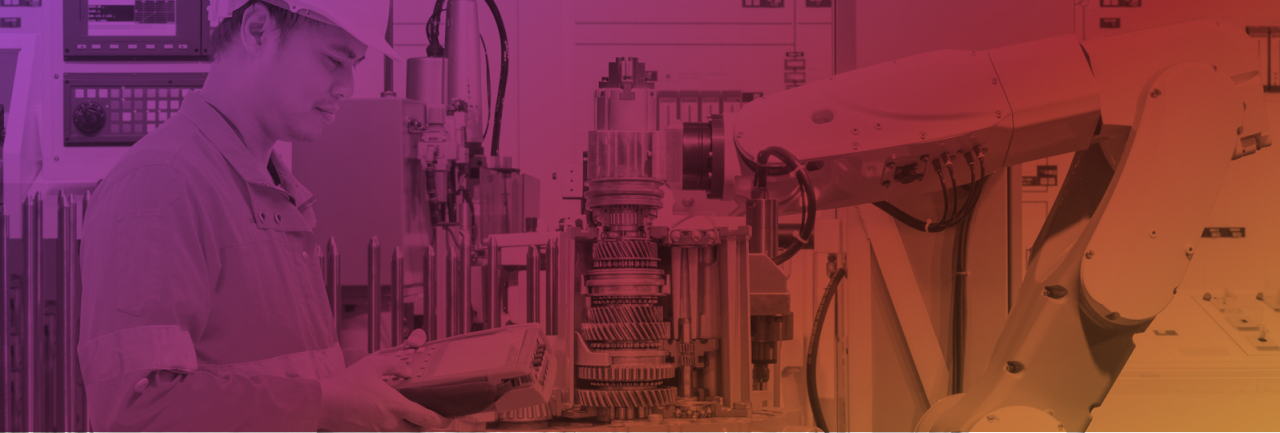
AI, Labor, and the Economy Case Study Compendium
Preface
Preface
The AI, Labor, and Economy Case Studies Compendium is a work product of the Partnership on AI’s “AI, Labor, and the Economy” (AILE) Working Group, formed through a collaborative process of research scoping and iteration. Though this work product reflects the inputs of many members of PAI, it should not be read as representing the views of any particular organization or individual within this Working Group, or an entity within PAI at-large.
The Partnership on AI (PAI) is a 501(c)3 nonprofit organization established to study and formulate best practices on AI technologies, to advance the public’s understanding of AI, and to serve as an open platform for discussion and engagement about AI and its influences on people and society.
One of PAI’s significant program lines is a series of Working Groups reflective of its Thematic Pillars, which are a driving force in research and best practice generation. The Partnership’s activities are deliberately determined by its coalition of over 80 members, including civil society groups, corporate users of AI, and numerous academic artificial intelligence research labs, but from the outset of the organization, the intention has been to create a place for open critique and reflection. Crucially, the Partnership is an independent organization; though supported and shaped by our Partner community, the Partnership is ultimately more than the sum of its parts and will make independent determinations to which its Partners will collectively contribute, but never individually dictate. PAI provides staff administrative and project management support to Working Groups, oversees project selection, and provides financial resources or direct research support to projects as needed.

